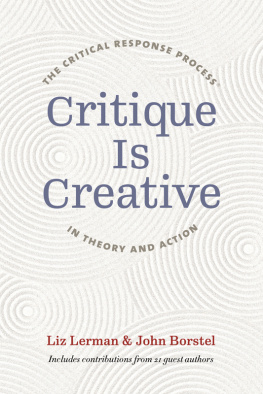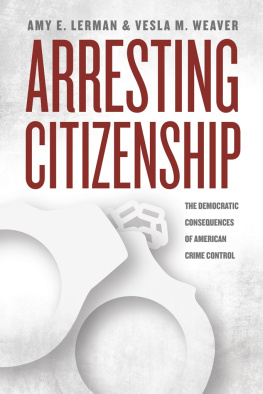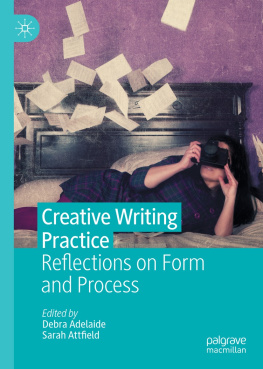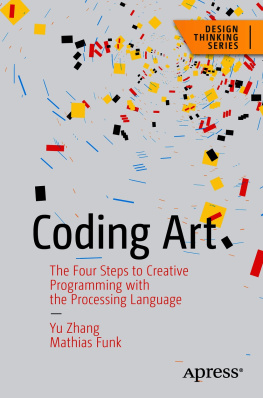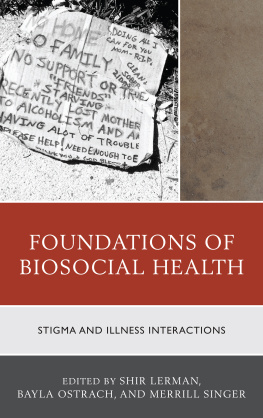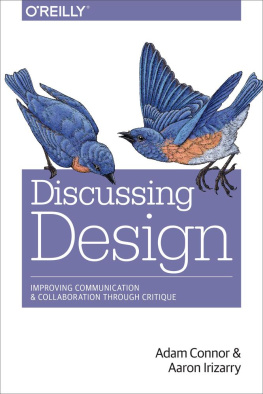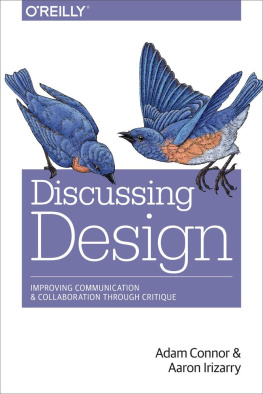critique is creative
Wesleyan University Press
Middletown CT 06459
www.wesleyan.edu/wespress
2022 Liz Lerman and John Borstel
All rights reserved
Critical Response Process is a registered trademark of Liz Lerman LLC
Manufactured in the United States of America
Designed by Richard Hendel
Composed in Utopia and The Sans by Integrated Publishing Solutions
Some passages in this book have been adapted from previously published works by John Borstel: Finding the Progress in Work-in-Progress: Liz Lermans Critical Response Process in Arts-Based Research, in Arts-Based Research in Education , eds. Melisa Cahnmann-Taylor and Richard Siegesmund (Routledge, 2018); Back to the Roots of Critical Response, in the Alternate ROOTS blog (November 9, 2017); and The Wonderful Freedom of Not Being Finished: Four Values for Constructive Critique, in Youth Drama Ireland , Issue 14 (201112).
Library of Congress Cataloging-in-Publication Data
available at https://catalog.loc.gov/
ISBN 978-0-8195-8082-5 (cloth)
ISBN 978-0-8195-7718-4 (paper)
ISBN 978-0-8195-8083-2 (e-book)
5 4 3 2 1
To everyone who has taken the risk of
putting forward work in progress
To everyone who has asked a thoughtful question
before stating an opinion
To everyone who has sought to guide a
conversation to make it better
contents
Liz Lerman
Liz Lerman
Liz Lerman
John Borstel
Mark Callahan
Liz Lerman
Liz Lerman
Liz Lerman
Elizabeth Johnson Levine
Carlos Lopez-Real
Gerda van Zelm
Gesel Mason
Sean Riley
Lekelia D. Jenkins
Kathryn Prince
Liz Lerman
Liz Lerman
Jill Waterhouse
Lawrence Edelson
Rebekah West
CJay Philip
Liz Lerman
Liz Lerman
Rachel Miller Jacobs
Bimbola Akinbola and Cassie Meador
Charles C. Smith, Kevin A. Ormsby, and Shula Strassfeld
Phil Stoesz
Isaac Gmez
Cristbal Martnez
Liz Lerman
preface the critical response process
liz lerman
The Critical Response Process came into being at a time when I was seeking the kind of critique that would make me excited to go back to work.
The Critical Response Process was born during a period when it seemed that product was everything, and process was to be kept secret. Things have changed. CRP worked then, and it works now.
The Critical Response Process is a system for feedback.
The Critical Response Process is also a collection of tools that can be applied independent of each other for a wide range of human purposes.
The Critical Response Process is a kind of ritual. Like good ritual, it holds you in relationship to values that would be otherwise hard to keep in the rush of daily living.
The Critical Response Process is a set of practices that allow you to live on the horizontal in a world dominated by the hierarchical. This means it can help you manage ambiguities, hold multiple perspectives, and function where meaning depends on context but where values and ethics still matter.
The Critical Response Process is an opportunity to rethink your aesthetics, your opinions, and your assumptions about any subject.
The Critical Response Process helps you manage your judgments, which are occurring daily in numerous different settings.
The Critical Response Process can lead to deeper conversations as well as more civil ones.
The Critical Response Process was put out into the world as a photocopied sheet of paper over thirty years ago. It is now in wide use around the world. It still holds close to its original form, but is always generating new knowledge while evolving in its purposes, adaptations, and variations. We hope you will evolve it too.
acknowledgments
The authors extend their sincere thanks to the contributing writers credited in the table of contents and contributor biographical notes. We are also grateful to those consenting to use of quotes and excerpts used in the text: James Bundy, Andrew Burke, Linda Chapman, James Darrah, Michael Despars, Brian Francoise, Ruth Fraser, Raji Ganesan, Helena Gaunt, Kristin Kjlberg, Diane Kuthy, Talia Mason, Paloma McGregor, Erika R. Moore, Roxie Perkins, Chris Postuma, Ellen Reid, Sadie Leigh Rothman, Michel A. Riquelme Sanderson, David Tinapple, Leigh-Ann Tower, and Suzannah Vaughn. For their contributions to the process and faith in the vision of this book, we thank Mary Cohen, Ellie Dubois, Christine Hamilton, Simon Hart, Falk Hbner, Jaine Lumsden, and Valeska Populoh.
Special thanks to Jane Brown and Linda Caro Reinisch for their financial support of the Critical Response Process. We are grateful for the support of the staff of Liz Lerman LLC, namely Amelia Cox, Erin Donohue, and Candice Williams. We are thankful to Dance Exchange for providing an incubator, laboratory, and an ongoing center for the practice of CRP.
We extend huge thanks to the staff and team at Wesleyan University Press, particularly to director and editor-in-chief Suzanna Tamminen whose vision and sustained support were unflagging, to production editor Jim Schley for his unique combination of precision and nurture, and to our deft and comprehensive copyeditor, Natalie Taylor Jones.
This book was supported in part by funding from the Montgomery County government and the Arts and Humanities Council of Montgomery County, Maryland.
It is not an exaggeration to say that in every encounter in which we teach or facilitate the Critical Response Process, the authors learn something new from a question, a response, an insight, an example, or a risk. With recognition of how that learning has been channeled into this book, we are deeply grateful to all the organizations that have hosted trainings and residencies focused on the Process and all the individuals who have spent time with us in CRP circles. Youve helped to make this book what it is.
In Memoriam: Shula Strassfeld.
critique is creative
prologue opening circles
liz lerman
My mother believed in originality. She loved modern art and turning things into something they are not. In the first home I remember, our coffee table was an old barbeque grill that she painted. It also functioned to hold magazines. I think she just put something across it when people needed a shelf to rest their drinks. When we made the move to Washington, D.C., when I was four, and later to Milwaukee, she proudly bought doors that she turned into our kitchen table after she attached very modernistic iron legs to them. Creativity was important to her.
We often made things like paper doll clothes, cloth doll clothes, and dolls themselves out of Kleenex, rubber bands, and bits of fabric. And we always had crayons and paper at our disposal. Color, color, color. Make a mark, shed say. In my earliest memory of her saying anything about how we were doing what we were doing, I was sprawled on the floor, loose paper all around me and a pile of crayons nearby. I was busy making circles. I remember my gleeful abandon as I scribbled circles of different sizes, different colors, pushing the crayon down hard or light to get a different weight of line. After four or five pages of these, I felt my mom standing over me. She looked at what I was doing and said, Dont just draw circles. Cant you do something different?
Despite the fact that this event happened very long ago, when I think of it I can still feel the admonishment in my body as a distortion in the inner workings of my core. Even as a child, I knew I had somehow failed in getting my mother to see what I had created. When our creativity is made invisible by the words of another, the experience brings a grave disappointment.

